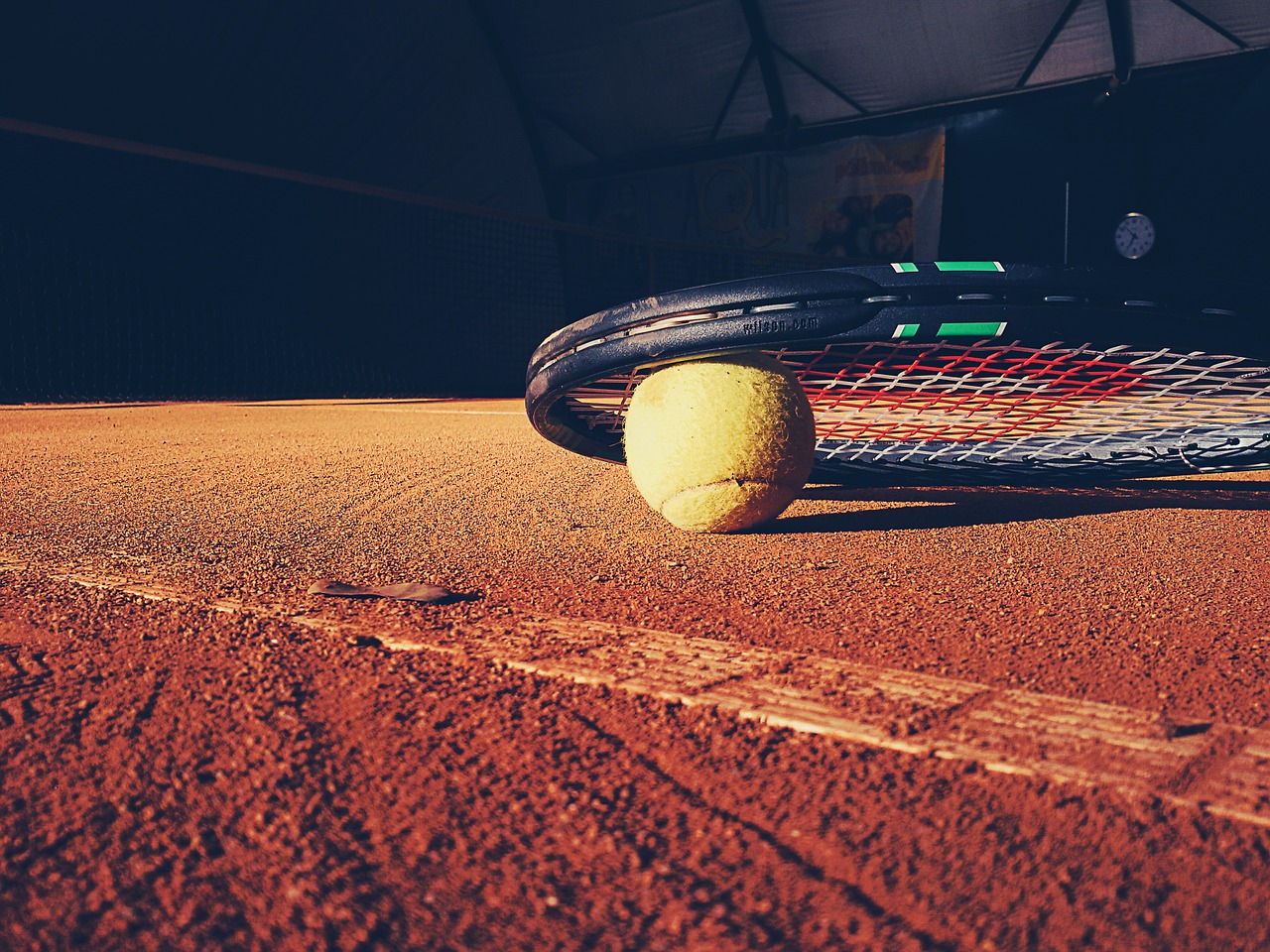My parents’ separation at the age of 17 and my dad telling my mom goodbye before departing to his home country was a surprise. For the first time in my life he wasn’t running the show anymore start anxiety disorder, and now was the time for me to turn pro in my sport, tennis.
Usually people don’t speak to each other much during tennis tournaments unless they’re from the same country. It’s also common to see vans packed with six players sleeping practically on top of each other during an event. I had just graduated from high school and at the tender age of 19 had no real ‘skills’ I could use to get a quality job. Just a few tennis racquets that I bought at different garage sales, an open mind, and a willingness to do whatever it takes to live the dream.
The life of a professional athlete with an anxiety disorder means you’ve got ‘enemies’ coming at you from all angles, all the time
I wasn’t the most social guy in the world so at this point practice partners for me to train with were difficult to come by. So I would do the next best thing to getting a solid practice with someone my level―I used tennis backboards. I would perfect my volleys at local train stations as I waited for the train to arrive (can you believe someone tipped me once for this?) and even used the side wall of a grocery store while I waiting for my bus to arrive.

Unfortunately, all of the hard work in the world doesn’t mean much if you aren’t mentally strong enough to handle the pressure of a tennis match. Boy did I crumble each and every time things got difficult.
Even with all of the training in my early years, it only prepared me physically, technically, and tactically. But tennis was a very mental and emotional game.
The life of a professional athlete with an anxiety disorder was extremely lonely and I became home-sick quickly. But there was always a voice in the back of my head that told me to keep going. I would later in life figure out that those extreme struggles, those close battles that I lost and those grueling days of not having the money to sleep in a normal bed would all contribute to the upgraded person I would soon become.
Problems really are a sign of life, and we all deal with them on a daily basis. But back then during the first few years of high level tennis I didn’t handle my problems very well and they definitely affected me on and off the tennis court.
In tennis, proper repetition is the key to mastering a skill, and the same goes for living a life filled with over worry, constant anxiety disorder, and panic attacks.
A professional athlete with an anxiety disorder knows that this way of life is not right. But I also had a victim mentality and blamed everyone else but me. Such as why didn’t my parents work harder so I could afford what all the other tennis players had―better tennis racquets, some proper meals during tournaments or maybe a coach?
It was a perfect setting to further fuel my identity which was generalized anxiety disorder. “What’s wrong” would constantly follow me on and off the court, and “what’s right” was rarely if ever noticed.
Through the repetition of negative thoughts, I drove myself crazy on the tennis court. For example, if I was winning a tennis match by the score of 6-0 and was up 5-0 in the second set I would succumb to the thoughts of ‘what if I give up this lead?’ This would lead me down a spirial of ‘negative’ feelings therefore my physical body would begin freezing up, constricting my ability to show my skills.
Jimmy Connors who was one of the all time great tennis players believed that tennis was about solving problems, and that if he had more time he would have been able to solve the problem he was facing on the tennis court and eventually come out the victor.
Unlike my father who was too stubborn to accept that he was the problem in the family and took no steps to try and solve them. I felt free and was driven to succeed from the moment he left us, and have peace with him since (which you can read about in my 1st book on Amazon).
The professional tennis tour taught me that you need to be equally strong in every aspect. Physical, mental, technical, and tactical – to be able to compete with the rest of the pack. Just like in people’s everyday lives, taking time to strengthen yourself physically (exercise, sports, working out), mentally (looking at the facts of the past, mental exercises, meditation), technically (doing the activities correctly), and tactically (balancing everything properly throughout your day), can keep up the momentum required to keep an anxiety disorder at bay.
The problem is that in our world there is so much information at every corner that it’s hard to decide which direction to look.
When I did things at random I would become a lost soul. I would read that I needed to change my diet in this way or that way so I would fill up my blender with a bunch of vegetables and gulp it all down, then check in (checking to see if anything was physically wrong with me at that moment) and see if I was feeling better or not.
If I didn’t have immediate results I would ditch the blender and try something else, giving up on that just as quickly. This kind of randomness was like running from tennis court to tennis court, never finishing a game. This way of thinking was what fueled my anxiety disorder further. Constantly striving for a solution and not committing to anything during anxiety disorder.




















